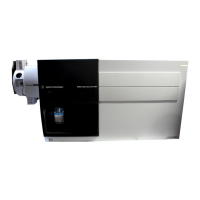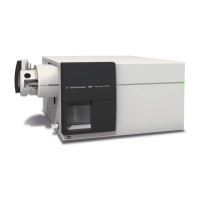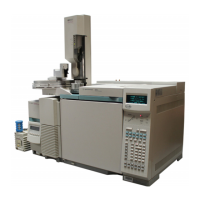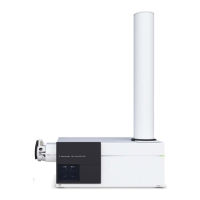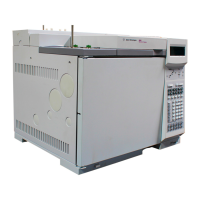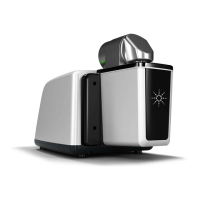Exercise 1 – Develop an acquisition method
Task 2. Determine precursor ion masses
Agilent 6400 Series Triple Quad LC/MS Familiarization Guide 13
2 Determine precursor ion masses
for all four peaks.
• You have determined them
correctly if you find the values
are similar to those shown in
this table:
• If you acquired the data file
using the Agilent Jet Stream
Technology, the retention times
may be different.
• The sulfamix01.d data file was
acquired with a different column
so your retention times are
different.
• Close the data file after finding
the precursor ion masses.
a In the Chromatogram Results window,
make sure that the Range Select icon
in the toolbar is on.
b Click the left mouse button and drag
the cursor across the first peak to
produce a shaded region, as in the
figure below.
c Right-click the shaded area, and click
Extract MS Spectrum from the
shortcut menu.
.
• The system displays an averaged
spectrum across the peak in the
MS Spectrum Results window.
• The precursor mass of the first
compound, sulfamethizole, is
determined to be m/z 270.9.
• To obtain a single scan, double-
click the apex of the peak.
d Repeat step a through step c for the
other compounds.
The precursor ion masses should
match those in the table in step 2.
e Click File > Close Data File.
f When asked if you want to save the
results, click No.
• Some compounds form sodium
(Na) and/or potassium (K) adducts
as well, corresponding to M + 23
and M + 39 masses respectively.
Seeing these masses along with
the M + H can make for an easy
confirmation of which ion is the
pseudo-molecular ion (M + H)+.
Steps Detailed Instructions Comments

